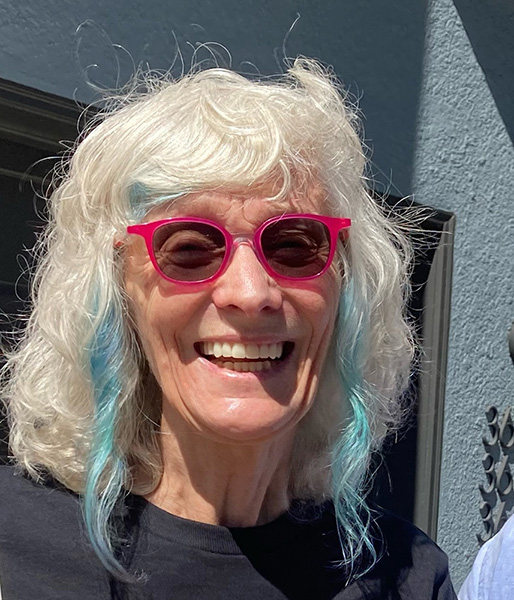Born in Cambridge, England, Jacqueline Walters is a fine art photographer based in San Francisco. She received a master’s degree from San Francisco State University, and a bachelor’s degree from the University of California, Berkeley. Both are in English Literature. It was through literature that she discovered photography. In her artistic practice, she explores the themes of transformation of place, layering of time and space, and memory.
Since 2009 her work has been exhibited in the San Francisco Bay Area at Corden|Potts Gallery, Gray Loft Gallery, Rayko Photo Center, Santa Clara University, and The Center for Photographic Arts; in Oregon at LightBox Photographic Gallery; in New York at the SOHO Photo Gallery; in Massachusetts at the Griffin Museum of Photography; as well as many other galleries in the United States, and internationally at the Complesso Monumentale del San Giovanni, Catanzaro, Italy, and The 11th Shanghai International Photographic Festival: Invitation Exhibition, Shanghai, China.
Her work has been published in LENSCRATCH, SHOTS, and AAP Magazine. Walters’ work is part of private collections nationally and internationally. She was a 2020 Griffin Museum of Photography solo exhibition awardee.
About Learning Mandarin and the Language of Lumens
"When I began learning Mandarin little did I realize how it would inform my artistic vision. This became evident when I began to experiment with Lumen printing. With the former, I discovered how a seemingly endless permutation of lines, dots, and dashes written within an imaginary square formed meaning through simple and complex forms. With the latter, my thoughts shifted from acquisition of craft to learning a language. In my Lumen prints, instead of ink, I used various biological materials to form bold strokes and elegant lines or whispers of dots and dashes. The imaginary square was transformed into rectangles or other shapes defining the space. The written language is both a means of communication and the art form that is calligraphy. Just as the defining characteristics of the calligrapher’s hand suggests a personality, so too each paper I use reveals a different latent color as if speaking to the personality of the paper. My project, “Learning Mandarin and the Language of Lumens,” is about learning a process that harkens back to photography’s beginnings, influenced by the visual poetry and rhythmic grace of an old writing system." -- Jacqueline Walters
